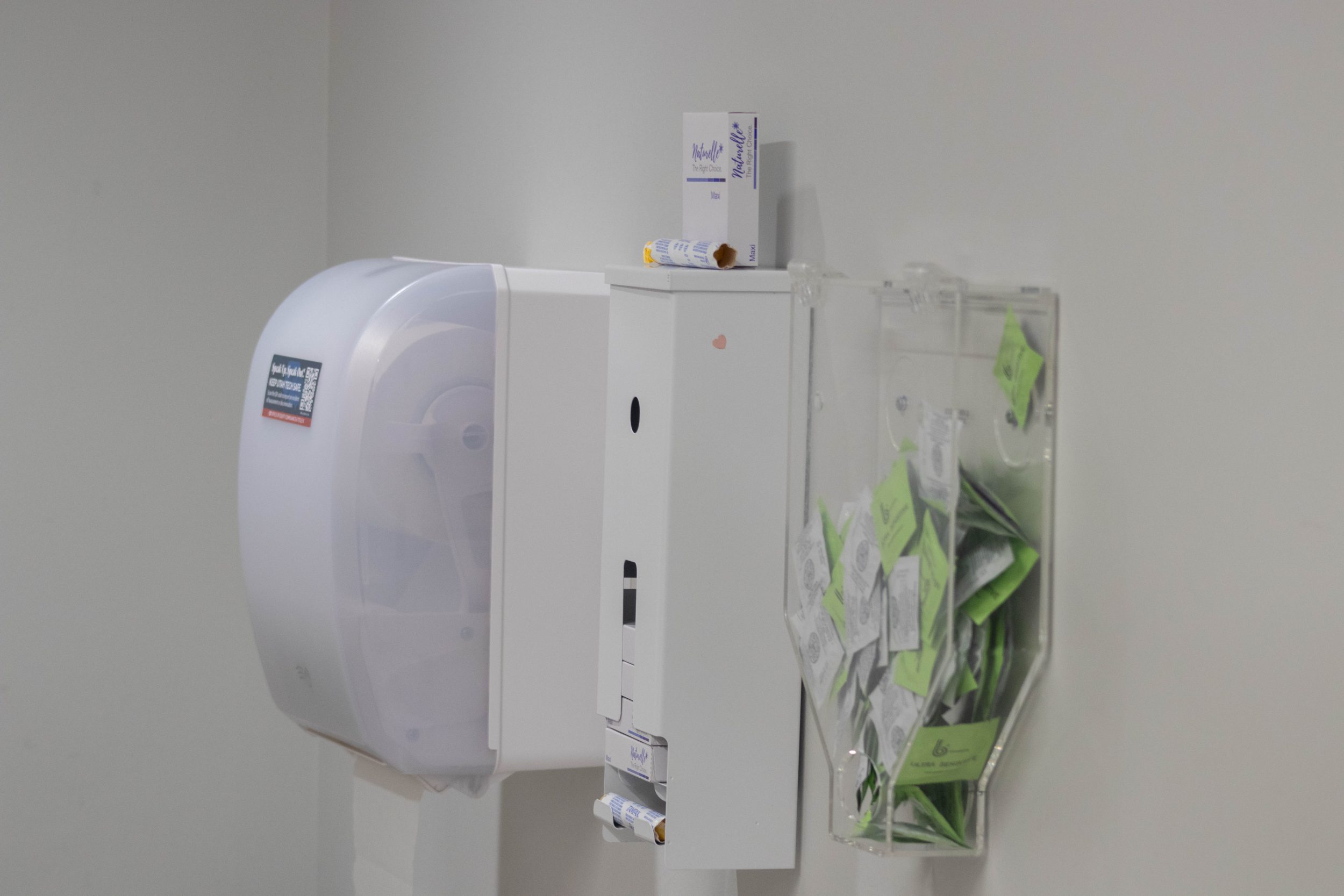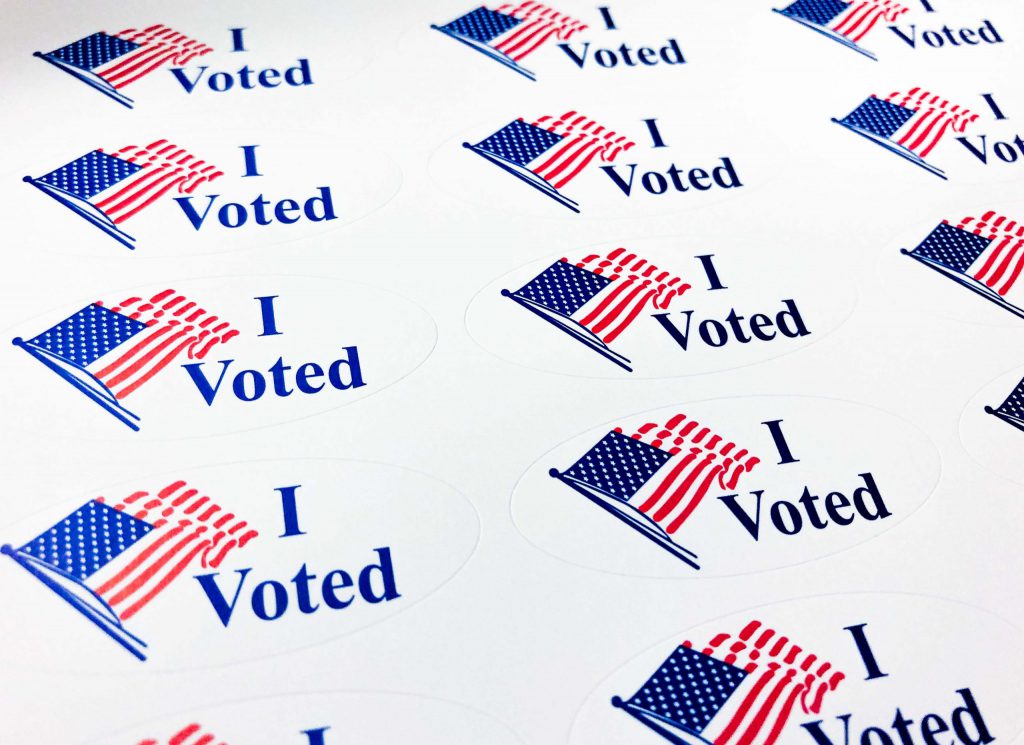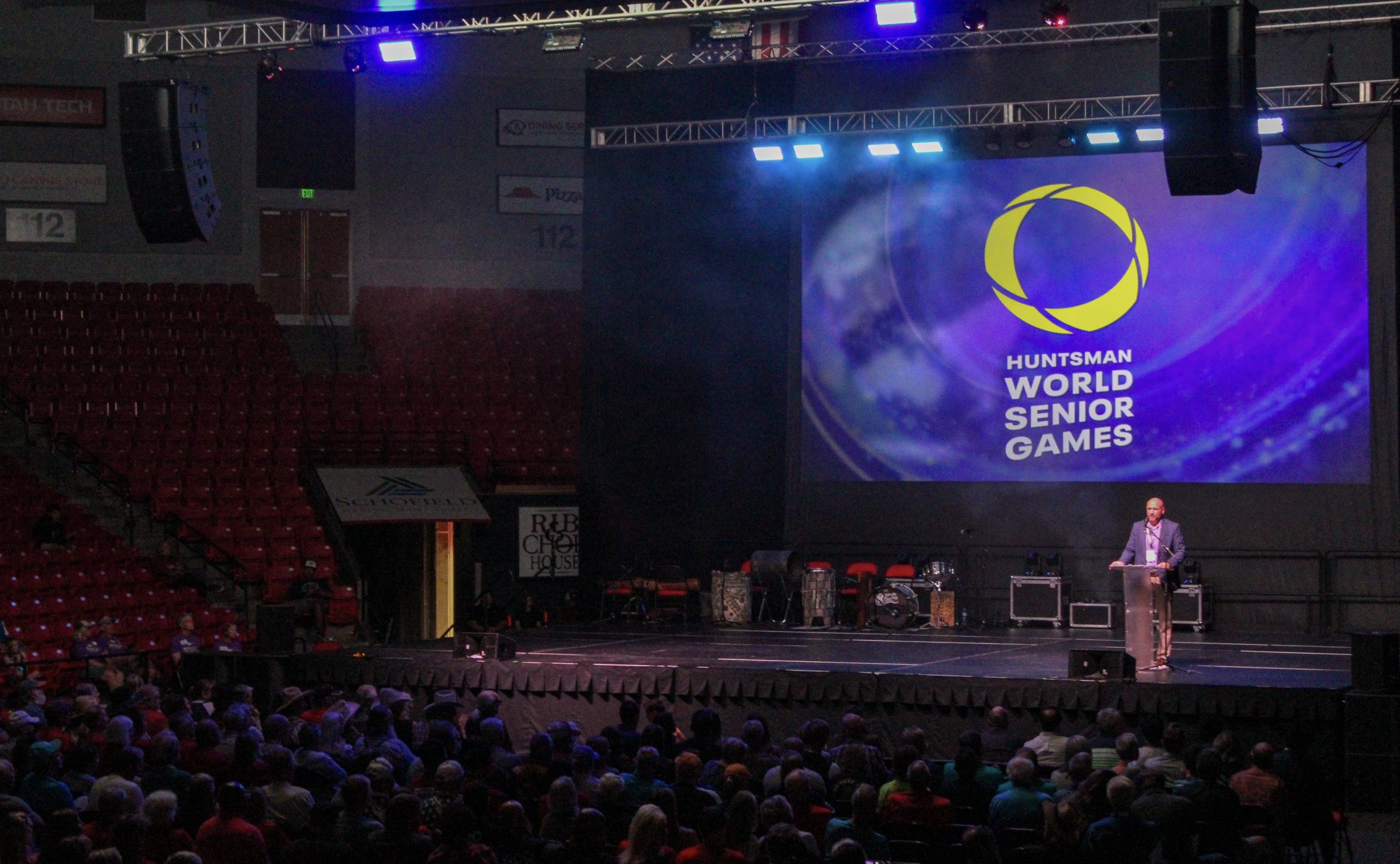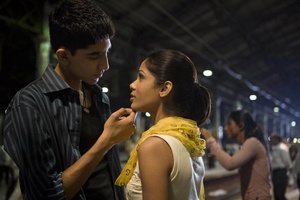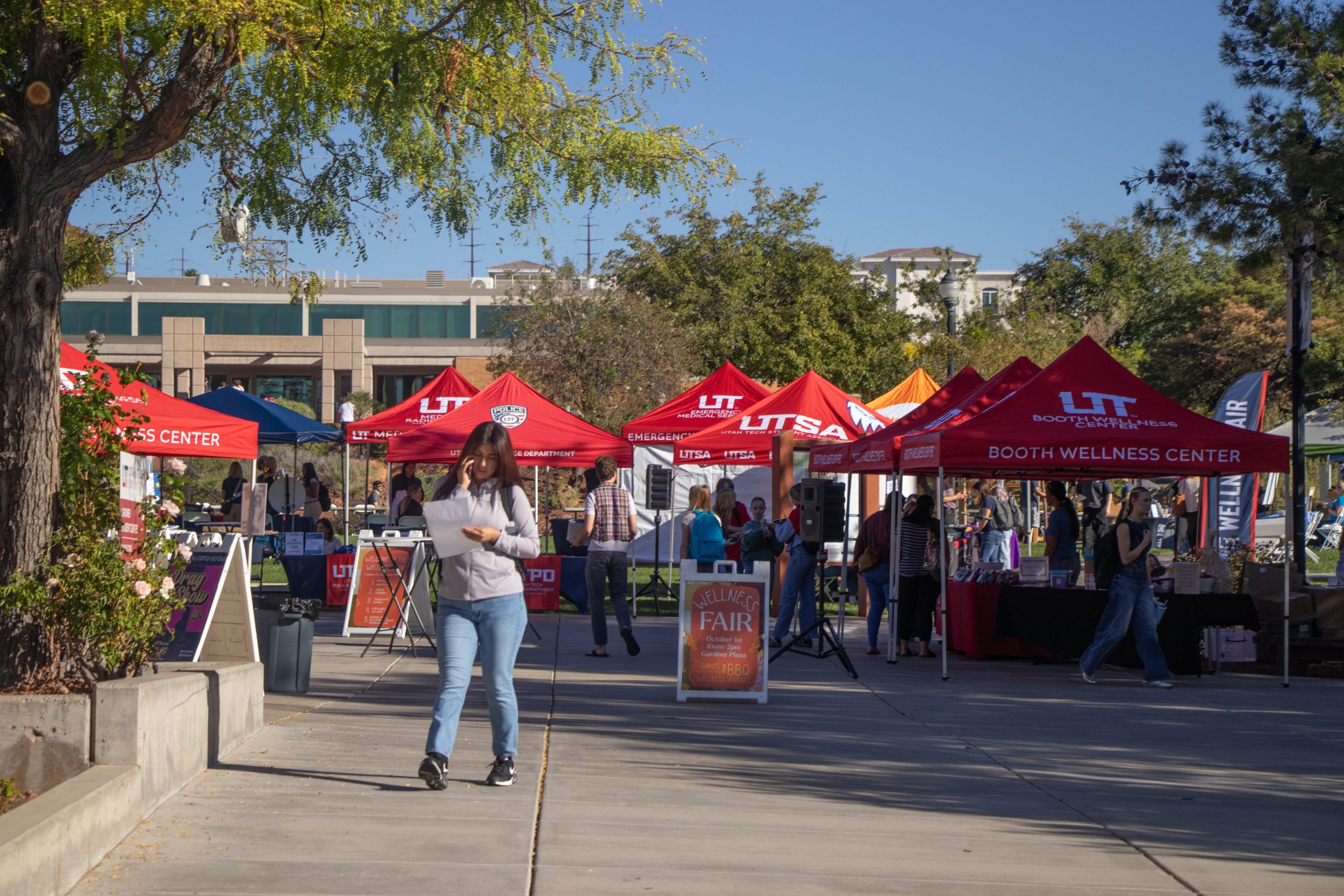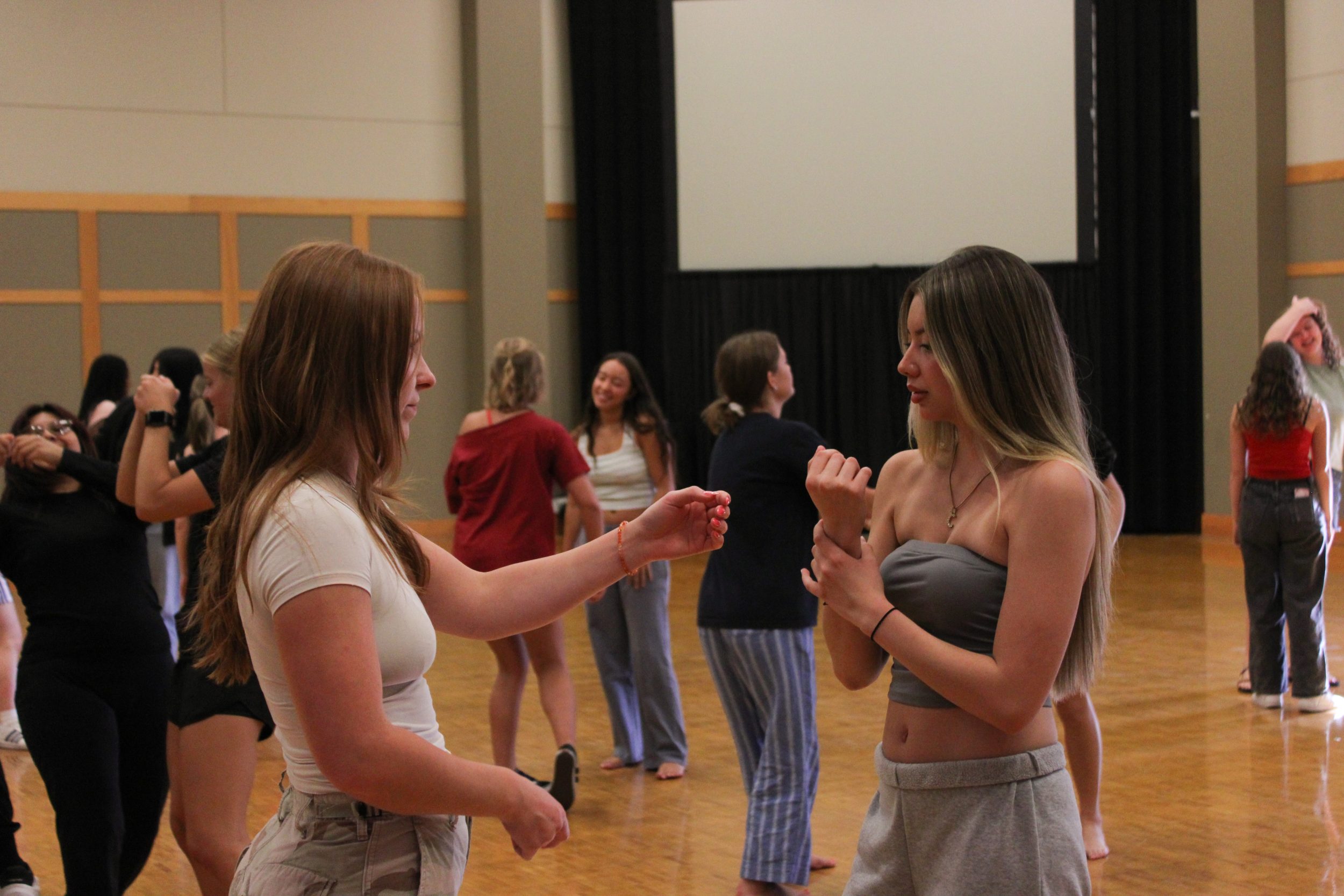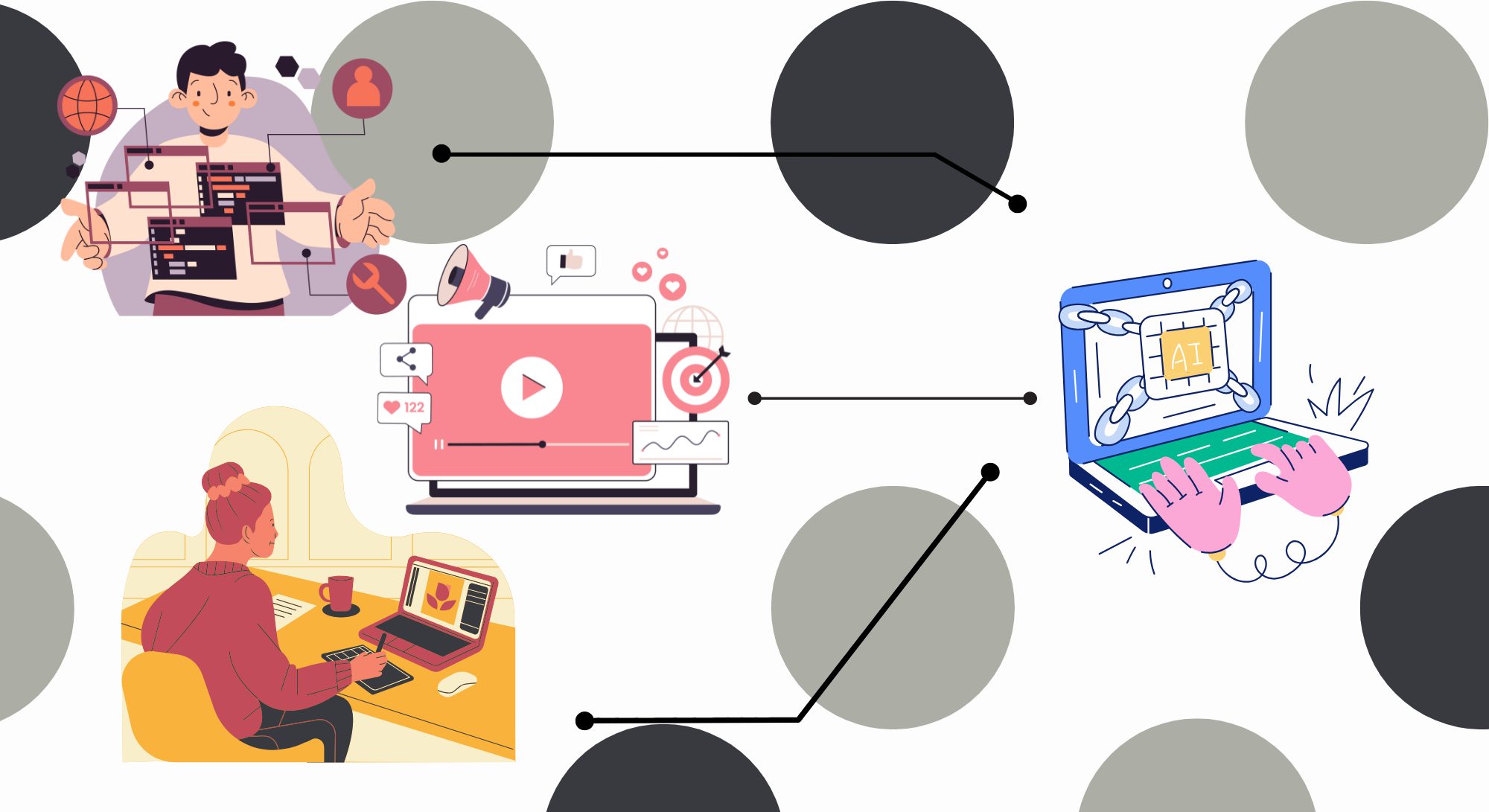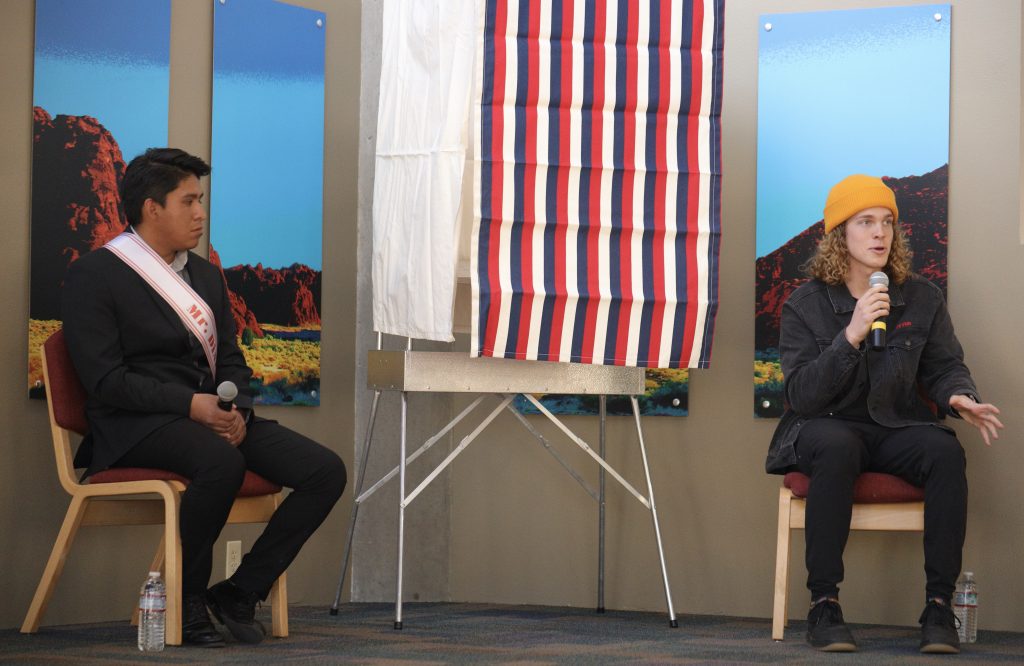Recently, a video was released about Utah Tech University’s changes in policy that can lead to the cut of the school’s state funding.
Accuracy in Media is the independent media group that released the video. In it, Adam Guillete, the president of the organization, confronted Drusilla Bottoms, assistant dean of students and director of student resource center, on reorganizing the diversity, equity and inclusion policy in the school.
The organization collected the information with an undercover camera that recorded an interview with her. She explained how the school adapted to the changes in the DEI laws.
The law that was changed earlier this year, the House Bill 261 “equal opportunity initiatives,” restricts the university from promoting differential treatment in students, staff or faculty based on personal identity characteristics.
This means that, for example, diversity groups on campus must allow other students that might not match the personal qualities the group is trying to represent to join them.
Mike Nelson, director of student belonging, said: “The bill is to allow all students equal access to opportunities, which is something that we have done anyways.”
He said the new law has affected clubs on campus since they are student-ran and flourish with peer-to-peer support. One of those clubs was the LGBT Student Organization, which isn’t available to receive enough resources on campus to support them because of this new policy.
”Now there’s a little bit more weight put on the students for peer-to-peer support,” Nelson said. Since you already said this in the paragraph above, I would either keep this and get rid of you saying it above, or get rid of this quote.
Nelson also said non-profit organizations like Encircle, Equality Utah and Pride of Southern Utah had to step up and support students in a way that the university isn’t legally allowed to anymore.
”In the past, our area were able to help them,” Nelson said. “Now it’s like, if you want to do it, you’ve got to do it on your own.”
When it comes to the Accuracy in Media group, the description of their goal is listed as exposing “corruption and holding bad public policy actors accountable.”
Therefore, the purpose of the video was to expose Utah Tech for infringing the law that was recently passed on DEI, which would suppose the state stops funding the school if enough evidence is presented. link this!!
In the undercover video, Bottoms was recorded saying that the practice of DEI was reorganized and “made differently.”
“What [the university] did is they resolved our Center for Inclusion and Belonging, but we just kind of reorganized it; we didn’t really get rid of anything,” Bottoms said.
She said the department is now called Clubs and Belonging.
“They focus on clubs and then also all of the inclusion services and belonging,” Bottoms said.
When confronted about it, she said the context of the conversation revolved around student support services and denied any implications of the university doing equity work.
[Comment: I don’t know if you want me to also add that the reporter and his crew had the cops called on them because of reports of fighting] <I think that would be worth mentioning!
Nelson gave his input on the situation from his position as the director of the program: “The state law required an area to be closed down. So things had to be restructured.”
The main point that the media group was trying to get across is that Utah Tech is still doing DEI but reorganizing it.
However, Nelson said “things can be taken out of context or twisted and turned,” while also pointing out that the original undercover video was filmed a year ago. Wait this is great information!
“We don’t do DEI; things had to be reorganized to comply with state law. And I think that’s where the twist comes in,” Nelson said. “By default, reorganizing is changing and doing something different.”
He said the university still tries to help all students as much as the law allows them to.
“The simple fact is, if you are looking at what the law says: did we have to reorganize?” Nelson said. “Yes. So we did it and we are in compliance with the state law.”
MIGUEL I LOVE THIS!! I know you were only get Nelson to answer, but I think your research was fabulous! I do think it would be worth mentioning how the group has been going to other universities as well! I honestly don’t have many comments, great job!!-Ireland



